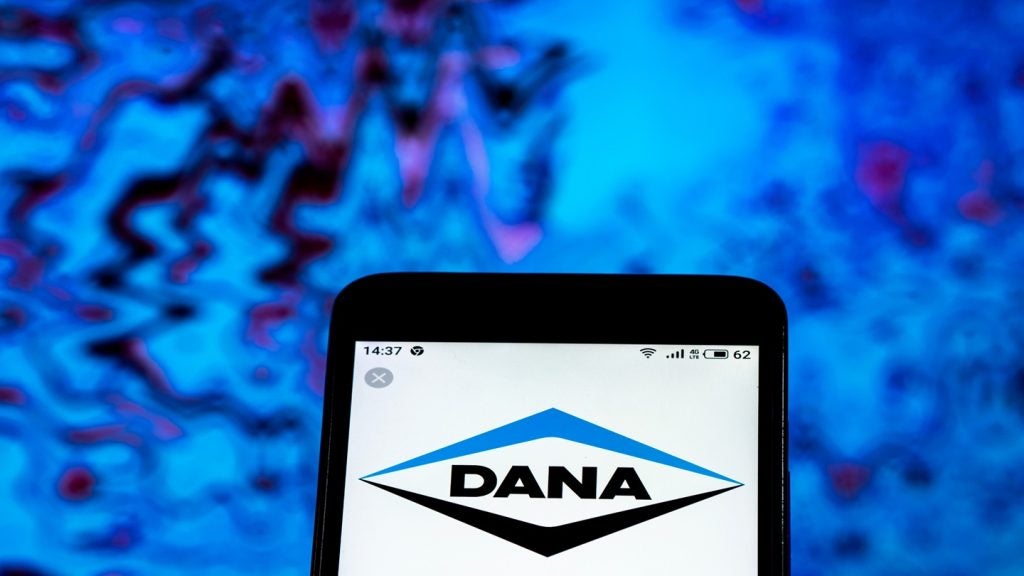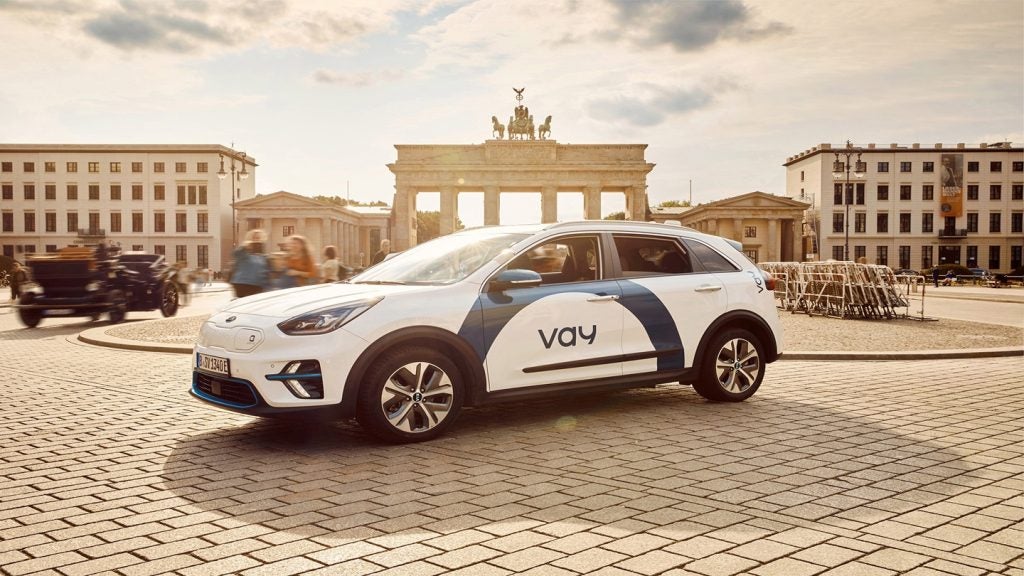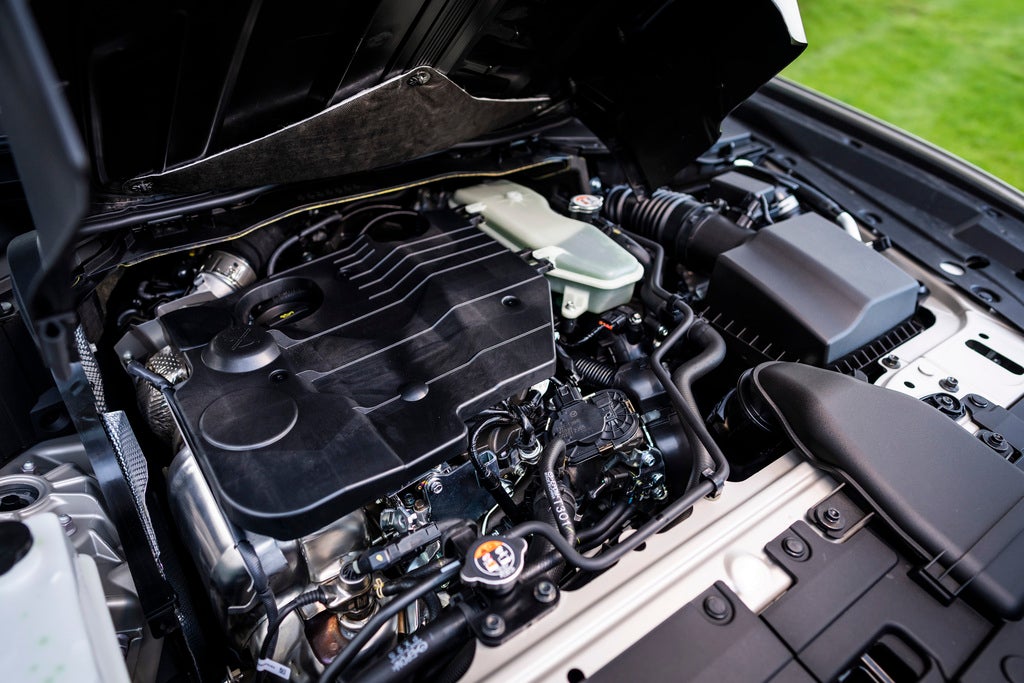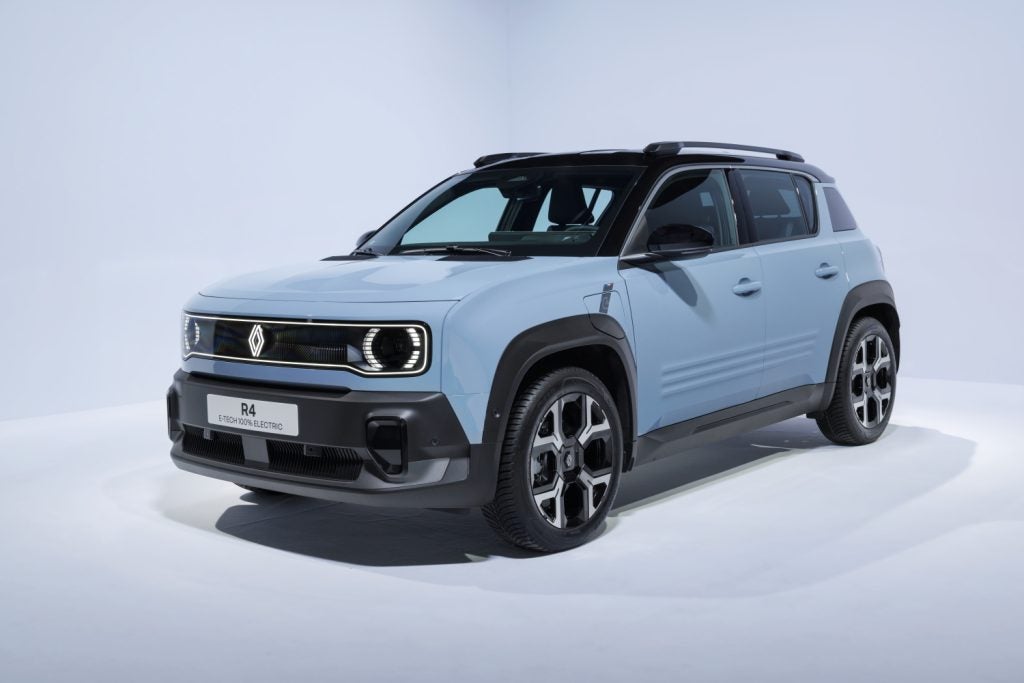 No doubt like many others, I was surprised when BMW offloaded its Rover millstone but opted to retain the Cowley plant for the re-birth of the Mini, writes Bert Wyatt. Outwitted by VW in the Rolls/Bentley tussle and humiliated by the Rover debacle (in which Cowley, of course, played a central role), one might have expected the men from Munich to forget England as a production base rather than hang on for the sake of a few thousand cars a year.
No doubt like many others, I was surprised when BMW offloaded its Rover millstone but opted to retain the Cowley plant for the re-birth of the Mini, writes Bert Wyatt. Outwitted by VW in the Rolls/Bentley tussle and humiliated by the Rover debacle (in which Cowley, of course, played a central role), one might have expected the men from Munich to forget England as a production base rather than hang on for the sake of a few thousand cars a year.
Even in its palmiest days, the Mini never made any money, and its basic concept was light years away from BMW’s ’Ultimate Driving Machine’. But one must never underestimate a manufacturer that has created the best brand name in the business. What was also not appreciated, perhaps, is that while drawing on the aura of Issigonis’s brainchild BMW was determined to refashion the car to its own exacting standards.
Those early Minis, appearing when Britain still showed signs of postwar stoicism, were the first attempt to give motorists a fun car, a reason to smile. With its 10-inch wheels, a boot that could barely take a ration book, and accommodation for four midgets, it was also notable for a top gear squeal reminiscent of a coyote in agony. But, boy, could it drive! In three Monte Carlo rallies and a slew of other races, bigger and more powerful contenders left it trailing on the straight, only to have the pesky little beast squeezing past on corners to take the trophy.
 It was not long before the Mini-makeover ran into controversy. In one breath BMW said it was determined to “retain the Britishness” – whatever that might mean – and in another breath stating “we had to re-engineer it entirely after we took over the project from Rover”. That led to the thinly veiled gibe of “the Mini Cooper is now a truly BMW-engineered car with the same premium you can expect from every BMW product”. For these reasons, we were told, the product would not now profitable in its “first cycle”. Well, déjà vu, it is doubtful if the original Mini ever made a contribution to its maker’s net income in over 40 years of production anyway.
It was not long before the Mini-makeover ran into controversy. In one breath BMW said it was determined to “retain the Britishness” – whatever that might mean – and in another breath stating “we had to re-engineer it entirely after we took over the project from Rover”. That led to the thinly veiled gibe of “the Mini Cooper is now a truly BMW-engineered car with the same premium you can expect from every BMW product”. For these reasons, we were told, the product would not now profitable in its “first cycle”. Well, déjà vu, it is doubtful if the original Mini ever made a contribution to its maker’s net income in over 40 years of production anyway.
But there’s plenty on the credit side. The bare bones original, with its sliding windows, plastic seats, and hallmark simplicity, has morphed into a German-inspired luxury icon, over-priced but surely destined to succeed, at least in the short-term. The car that has emerged from the Munich chrysalis is indeed a far cry from the 1960’s product of Longbridge and Cowley; a car with a fatal attraction for the service department, its widely-admired engineering ingenuity impaired by those quality lapses endemic to the British motor industry of that era.
How well do you really know your competitors?
Access the most comprehensive Company Profiles on the market, powered by GlobalData. Save hours of research. Gain competitive edge.

Thank you!
Your download email will arrive shortly
Not ready to buy yet? Download a free sample
We are confident about the unique quality of our Company Profiles. However, we want you to make the most beneficial decision for your business, so we offer a free sample that you can download by submitting the below form
By GlobalDataSo here is ‘der Mini Cooper’, with all the marketing and publicity stops pulled out to tempt those diehard baby-boomers of yesteryear as well as discerning buyers two generations on. Forty years after Issigonis’ creation first saw the light of day – at forty times the original price – BMW has taken the plunge.
Munich is taking no chances to ensure that this addition to its range will echo the striking success of its stablemates. Commandeering the largest ever Times Square billboard, 126 feet wide, at a cost of $500,000, and eschewing TV and radio in favour of magazines and billboards across the nation, the company has set aside $35m for US publicity in 2002 alone, representing over 10% of the price of each vehicle sold.
Yes, that’s right – BMW has set surprisingly modest targets of 20,000 sales in the United States and a mere 100,000 units worldwide this year. Comparing this with other offbeat cars – VW’s new Beetle and Chrysler’s PT Cruiser – it looks even more low-key. Early forecasts for the current year suggest US sales of around 50,000 Beetles and over 100,000 Cruisers, even though sales of both models are well down on the previous year.
That said, although the original became Britain’s best-selling car, shifting more than five million units, its success in North America was more muted. In the time from its inception in 1957 until 1959 (when, failing to meet increasingly stringent emission and safety laws, it was withdrawn), it achieved total sales of less than 10,000 Stateside. By those standards, 20,000 in its first year do not seem over-pessimistic.
 So, how will it sell in Salem, Oregon? Can it thrive in the snowy wastes of North Dakota? Will it really be seen barreling along at well over 100 mph on the unrestricted roads of the ‘big country’ of Montana? How many shall we see threading their way through the narrow streets of Manhattan and the teeming freeways of Los Angeles?
So, how will it sell in Salem, Oregon? Can it thrive in the snowy wastes of North Dakota? Will it really be seen barreling along at well over 100 mph on the unrestricted roads of the ‘big country’ of Montana? How many shall we see threading their way through the narrow streets of Manhattan and the teeming freeways of Los Angeles?
Let’s try Orange County, California, temple of ‘conspicuous consumption’, where one Mercedes dealer alone retails 700 new cars a month. Our new Mini Cooper could well be the plaything of the year to its many prosperous citizens. Just the toy for the frightfully rich four-car family – a perfect partner for the BMW 745, 540, 330 and Z3. If any part of America can bankroll an $18,000 Mini, then this is it.
I talked with Don Crevier, owner of Crevier Motors, a leading BMW dealer, one of only 70 dealers entrusted with the task of “making it happen”. Like many other BMW dealers, he had expressed slight reservations some time ago, but no such caution now. Don is gung-ho, reflecting the manufacturer’s marketing effort and early sales data. BMW is fortunate in having such a competent tally of dealers for the job in hand. The halo of success sits lightly.
The configuration of Don’s spacious premises made it easy for him to comply with BMW’s stipulation of separate showrooms for the Mini Cooper. Like many other dealers, he has tracked down and refurbished a couple of early Minis as a backdrop to the glitter of today’s product, reminding prospective customers that BMW is drawing heavily on the esteem of Britain’s long-departed version, for all its faults.
Driving the Mini Cooper convinced me that BMW could be on to a winner here. I liked its innovative interior, the feeling of being totally in control, and Americans will surely love the kick-in-the-pants acceleration – all part of the having fun experience. Being America, of course, New Mini still has to have the bells and whistles – cruise control, navigation system, power seats, front and side airbags, and a Toyota diesel option in the offing.
Like the latest Beetle and PT Cruiser, the Mini Cooper is not for everyone. Its appeal is to a similar sector, those who look for fun rather than utility in their motoring needs. Early waiting lists for Beetle and Cruiser have disappeared, delivery is immediate, and sales are down. Will this be the fate of the Mini Cooper? Only time will tell, but those aficionados of the 60’s version can rest assured that the name and the legacy are in good hands.
By Bert Wyatt







